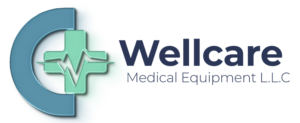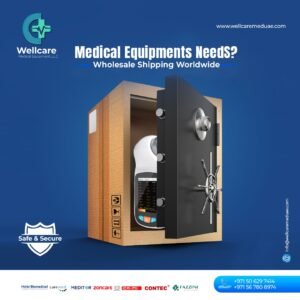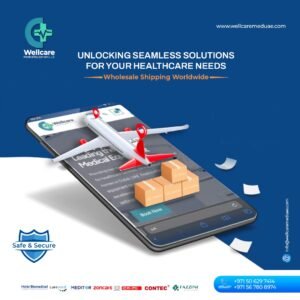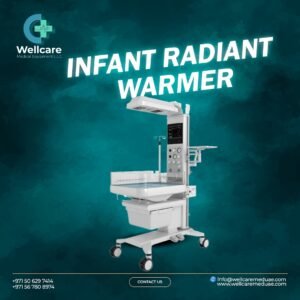Dental Equipment supplier in Sudan
Dental equipment plays a crucial role in Sudan's healthcare landscape, significantly impacting the country's ability to provide quality oral care. As Sudan continues to address various health challenges, the importance of modern dental equipment becomes increasingly evident. High-quality dental tools and machines enable dentists to perform a range of procedures with precision, from routine cleanings to complex surgeries. This technological advancement not only enhances the effectiveness of treatments but also improves patient outcomes, reducing the prevalence of oral diseases and promoting overall health. Moreover, the availability of advanced dental equipment supports the development of local dental practices and clinics. By investing in state-of-the-art instruments, Sudan can bolster its healthcare infrastructure, ensuring that dental professionals have access to the latest technology. This investment fosters professional growth and encourages the adoption of best practices in dental care, ultimately contributing to a higher standard of oral health services across the country. In addition to improving healthcare quality, modern dental equipment also addresses the growing demand for dental services in Sudan. As the population's awareness of oral health increases, there is a greater need for accessible and effective dental care. The integration of advanced equipment in dental practices helps meet this demand by enabling quicker diagnoses and more efficient treatments. By prioritizing the import and utilization of advanced dental equipment, Sudan can make significant strides toward enhancing public health and ensuring that its citizens receive the best possible care.
Wellcare Medical Equipment LLC’s presence in Sudan, particularly in the realm of dental equipment, brings several key impacts to the country’s healthcare sector:
Enhanced Quality of Care: Wellcare Medical Equipment LLC supplies advanced dental tools and technology, significantly improving the quality of dental care in Sudan. High-quality equipment enables precise diagnostics and effective treatments, leading to better patient outcomes and overall improvements in oral health.
Increased Accessibility: By providing state-of-the-art dental equipment, Wellcare Medical Equipment LLC helps make advanced dental care more accessible across Sudan. This accessibility is crucial in both urban and rural areas, ensuring that more people can receive professional dental services regardless of their location.
Support for Local Dental Practices: The availability of modern dental equipment from Wellcare Medical Equipment LLC supports the growth and development of local dental practices and clinics. It allows dental professionals to offer a wider range of services and adopt the latest techniques, which enhances the overall dental care infrastructure in Sudan.
Capacity Building and Training: The introduction of advanced dental technology often comes with training and support from suppliers. Wellcare Medical Equipment LLC’s presence likely includes providing training for dental professionals, which helps build local expertise and ensures that the equipment is used effectively to achieve the best possible results.
Health Outcomes and Disease Prevention: Improved dental equipment leads to more accurate diagnostics and effective treatments, which can reduce the prevalence of oral diseases. Early detection and treatment of dental issues contribute to better overall health and prevent complications that could arise from untreated dental conditions.
Overall, Wellcare Medical Equipment LLC’s involvement in Sudan plays a pivotal role in advancing the country’s dental care capabilities, enhancing both the quality and accessibility of oral health services.




